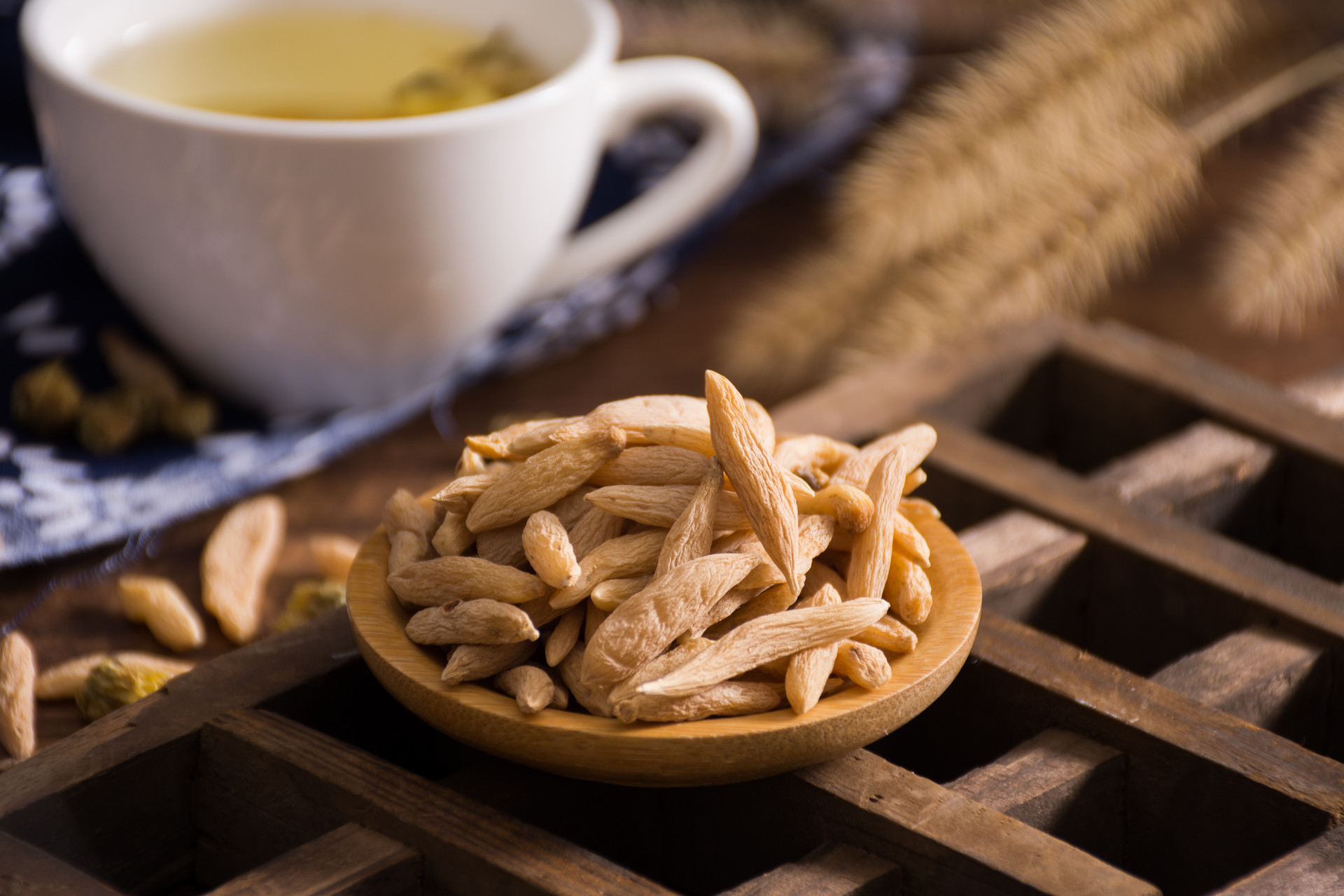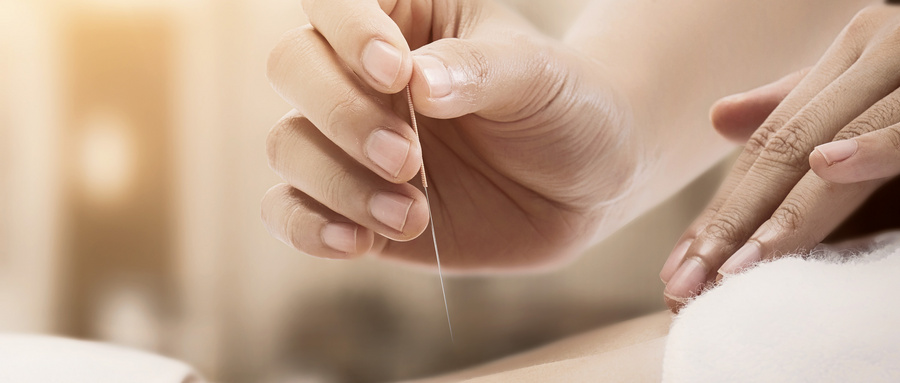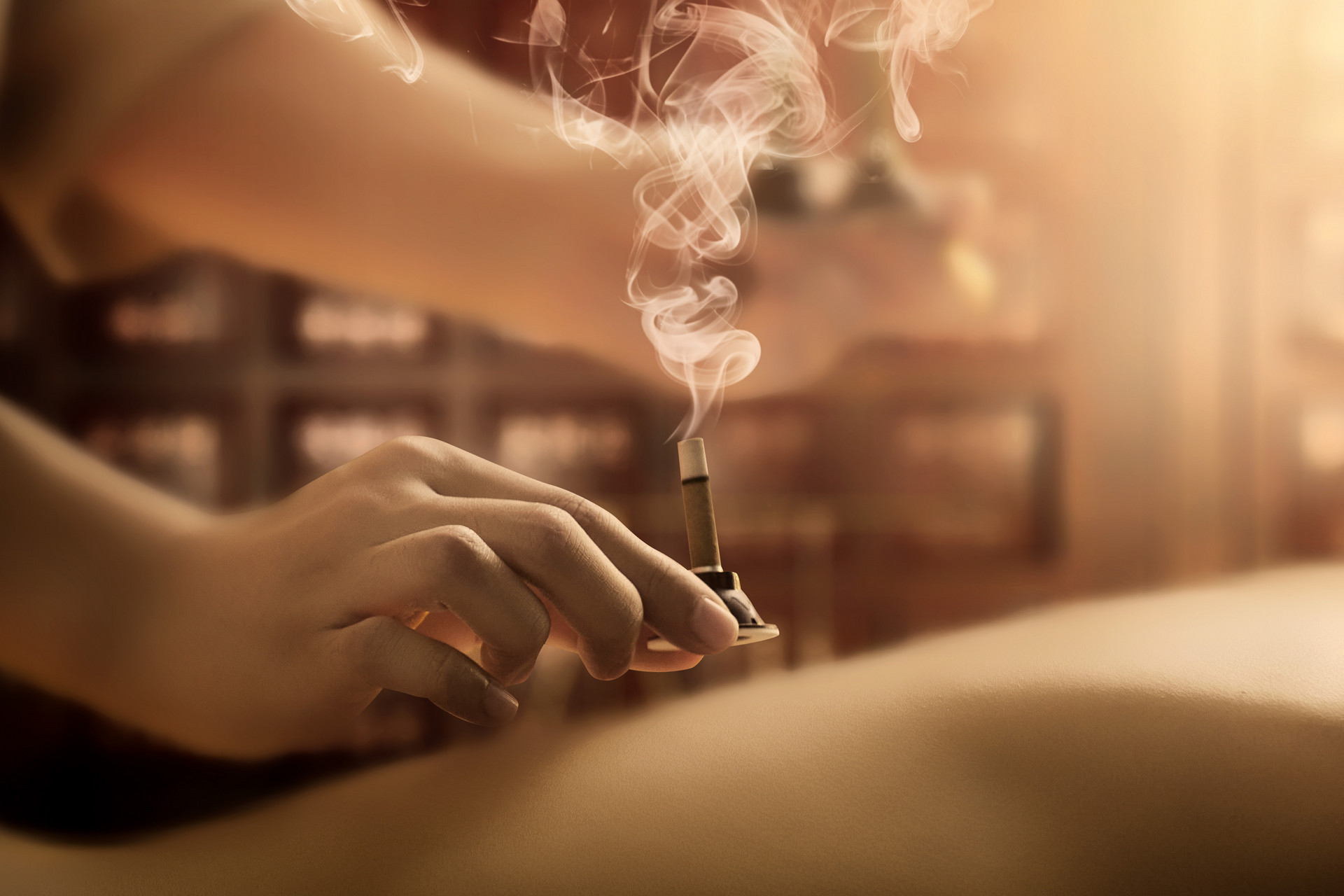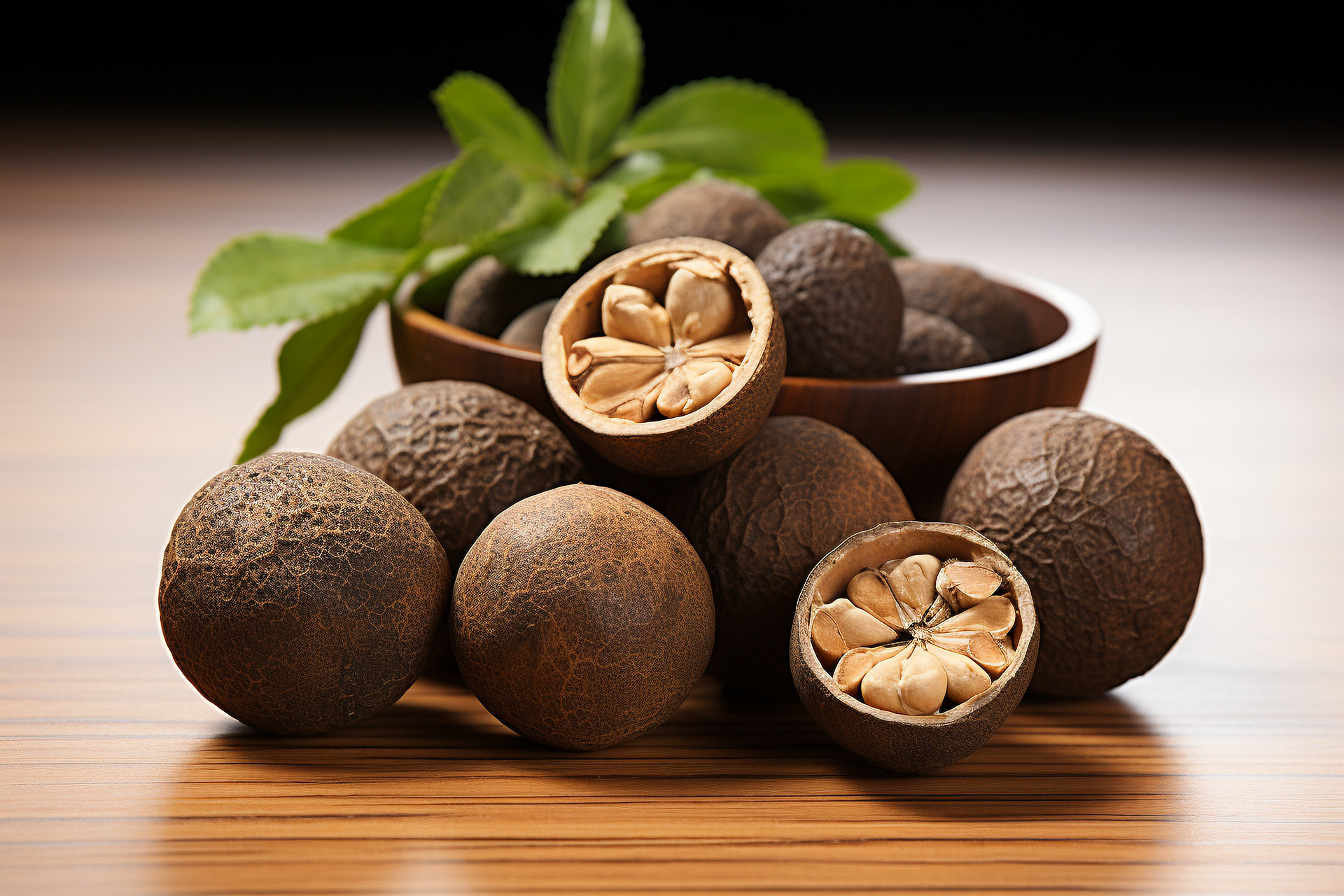Danggui has a warm nature, a sweet and spicy taste, and enters the heart, liver, and spleen meridians. It has the effects of nourishing blood and promoting blood circulation, regulating menstruation and relieving pain, and moistening dryness and lubricating the intestines. It is used to treat irregular menstruation, abdominal pain due to menstrual blockage, mass formation, excessive bleeding, headache due to blood deficiency, dizziness, weakness, and constipation. Danggui is mainly produced in Gansu and generally needs to be cultivated for 3 years before harvesting. In late autumn, the roots are dug up, cleaned of stems, leaves, and soil, and then dried in a ventilated place for a few days. After that, they are tied into small bundles according to size and dried with low heat until they are completely dry and can be used as medicine. Danggui is slightly cylindrical in shape, with uneven surface, a total length of about 10-25 centimeters, and a yellowish-brown to brown color. It has longitudinal wrinkles all over, with many lateral roots at the base, a rounded top with stem and leaf remnants, and often inconspicuous circular wrinkles. The lower part of Danggui has 3-5 or more tails, which are thicker at the top and thinner at the bottom, often twisted, with small nodular root marks on the surface. It is soft and resilient, with a yellowish-white cross-section and cracks. It has a light and fragrant smell, and tastes slightly sweet, bitter, and spicy. It is of good quality if it has a strong aroma and a slightly bitter and spicy taste. The preferred qualities for medicinal use are thick and long main root, oily and fragrant, and concentrated aroma. Danggui with large woodiness, dryness without oil, or greenish-brown color on the cross-section is not suitable for medicinal use. The 2010 edition of the Chinese Pharmacopoeia stipulates that Danggui must contain not less than 0.4% volatile oil and not less than 0.05% ferulic acid. Clinically, Danggui is often sliced for use, either raw or processed according to syndrome differentiation. The "Han Shi Yi Tong" states: "For all diseases, Danggui should be processed with alcohol. For phlegm, it should be soaked in ginger juice to guide blood back to its source. Shoudihuang (processed Rehmannia glutinosa) is the same. For blood deficiency, it should be used with Renshen (Panax ginseng) and Shizhi (Persicae Semen). For blood heat, it should be used with Shengdihuang (raw Rehmannia glutinosa), Jianghuang (Curcuma longa), and Tiaoqin (Scutellaria baicalensis) to continuously generate and transform. For blood stasis, it should be used with Dahuang (Rhei Radix et Rhizoma). For women with excessive body weight, blood transforms into phlegm. The two flavors of ginger are soaked in water, and they are used with diuretic drugs. In short, blood medicine cannot be without Danggui, so the ancient formula Si Wu Tang is used as the leader..."
Duhuo, on the other hand, has a slightly warm nature, a spicy and bitter taste, and enters the kidney and bladder meridians. It has the effects of dispelling wind, removing dampness, dispersing cold, and relieving pain. It is used to treat wind-cold-damp bi syndrome, lower back and knee pain, spasms in the hands and feet, headache due to wind-cold-damp, toothache, and chronic bronchitis. It is mainly produced in Sichuan, Hubei, Gansu, and other places. It is harvested when the seedlings have just sprouted in early spring or when the stems and leaves have withered in late autumn. The roots are cleaned of lateral roots and sediment, dried until partially dry, piled up for 2-3 days, and then further dried until completely dry. Although it belongs to the same botanical family as Danggui and has a very similar appearance, the root head and main root of Duhuo are thick and short, the root head is swollen, with stems at the top, and several curved lateral roots at the bottom. The surface is grayish-brown or yellowish-brown, with longitudinal wrinkles, elongated pores, and slightly raised fine root marks. The main root has circular wrinkles and multiple rows of circular petiole marks, with a concave stem mark in the center. The texture is hard, and the cross-section is grayish-white, with several dispersed brown oil cavities and the woody part is grayish-yellow to brownish-yellow. It has a distinctive taste and is initially bitter and spicy, followed by a numbing sensation. The 2010 edition of the Chinese Pharmacopoeia stipulates that Duhuo must contain not less than 0.5% ligustilide and not less than 0.08% dehydrocostus lactone butylate.
In conclusion, it is easy to see that Danggui and Duhuo have different effects, and their different characteristics in appearance can also be used to distinguish them. They should not be confused or used as substitutes for each other to avoid delaying treatment.











